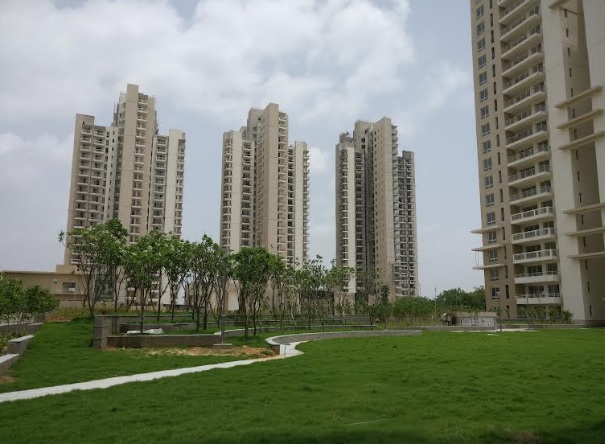The real estate sector continues to be the secured and preferred investment option. The past few years have changed the outlook for the realty making it more considerate towards the environment and sustainable lifestyle. According to the CBRE South Asia report, in the last decade, India has witnessed a 31% increase in green real estate assets across the top six cities – NCR, Mumbai, Pune, Hyderabad, Bangalore, and Chennai.
Sustainability shaping the realty landscape
Mukul Bansal, Director, Motia Group says, “The real estate sector is transforming and the green practices are witnessing a surge amongst the developer community, investors, occupiers, and home-buyers. Whether home or office space, people are inclined toward spaces offering a peaceful environment that fosters better mental health, sustainability, and well-being. The realty sector is working on an aggressive approach toward greener real estate and designing green buildings, adopting sustainable construction practices, and others.”
Open and green spaces, healthcare, safety, and proximity to the workplace are a few factors shaping home buyers preferences.
Santosh Agarwal, CFO and Executive Director, Alpha Corp says, “Homebuyers are more conscious to invest in a project which offers sustainable living by reducing carbon emissions, wastage management, proper water usage & using eco-safe materials. Some things, although not limited to, which developers can do to help keep a sustainable approach is to recycle wastewater for use in day-to-day domestic usage & gardening, project planning with open layouts and enough natural light during the day thus cutting down on electricity usage, using solar energy to augment electric supply and lower the grid usage, planting of trees in green areas, using eco-safe materials for construction & green building certification. Health, well-being, and enhanced customer experience are playing a major role in developers rethinking sustainability to match their preferences.”
Gradually, the world is moving towards a sustainable lifestyle which has necessitated adopting a sustained approach and collaborative efforts amongst the communities further creating healthy and green surroundings. Sustainability in retail and commercial developments also remains an important concern for consumers. People have become more conscious of how their lifestyle and shopping habits affect the planet – and they expect businesses to do their part.
Abhishek Trehan, Executive Director, Trehan Iris – “Sustainability has taken a center stage in real estate development which is also a need of the hour. It is of utmost importance that the projects are designed and built considering sustainable practices. In malls and retail destinations, occupiers and visitors look for spaces that have a greener ambiance, open spaces, energy-efficient practices, and natural lighting. Besides, technological advancements are playing a significant role in further reshaping the realty landscape. Corporates and brands are keen on taking up the space in the buildings which are energy-efficient and have fewer carbon emissions as they would be instrumental in creating the roadmap of sustainable communities of the future.”
The new-gen demands are revamping the office space layout. Besides flexibility, sustainability and green practices have huge say in the next-gen office space segment. The real estate players are revamping their strategy to cater to the demand and bringing in more and more sustainable practices in place.
Abhishek Pandey, Vice President-Customer Engagement & Distribution, Viridian RED – “With the constant advancements in the corporate landscape, the real estate sector is more conscious than before of the sustainability aspect. The sector continues to innovate by adopting the aggressive approach of low carbon footprints and aligning with the green building models broadly. Commercial spaces intend to lead the trends in sustainable real estate as it has emerged as one of the considering factors amongst the occupiers lately. In the new world, sustainably designed buildings are drawing the interest of occupiers.”
































